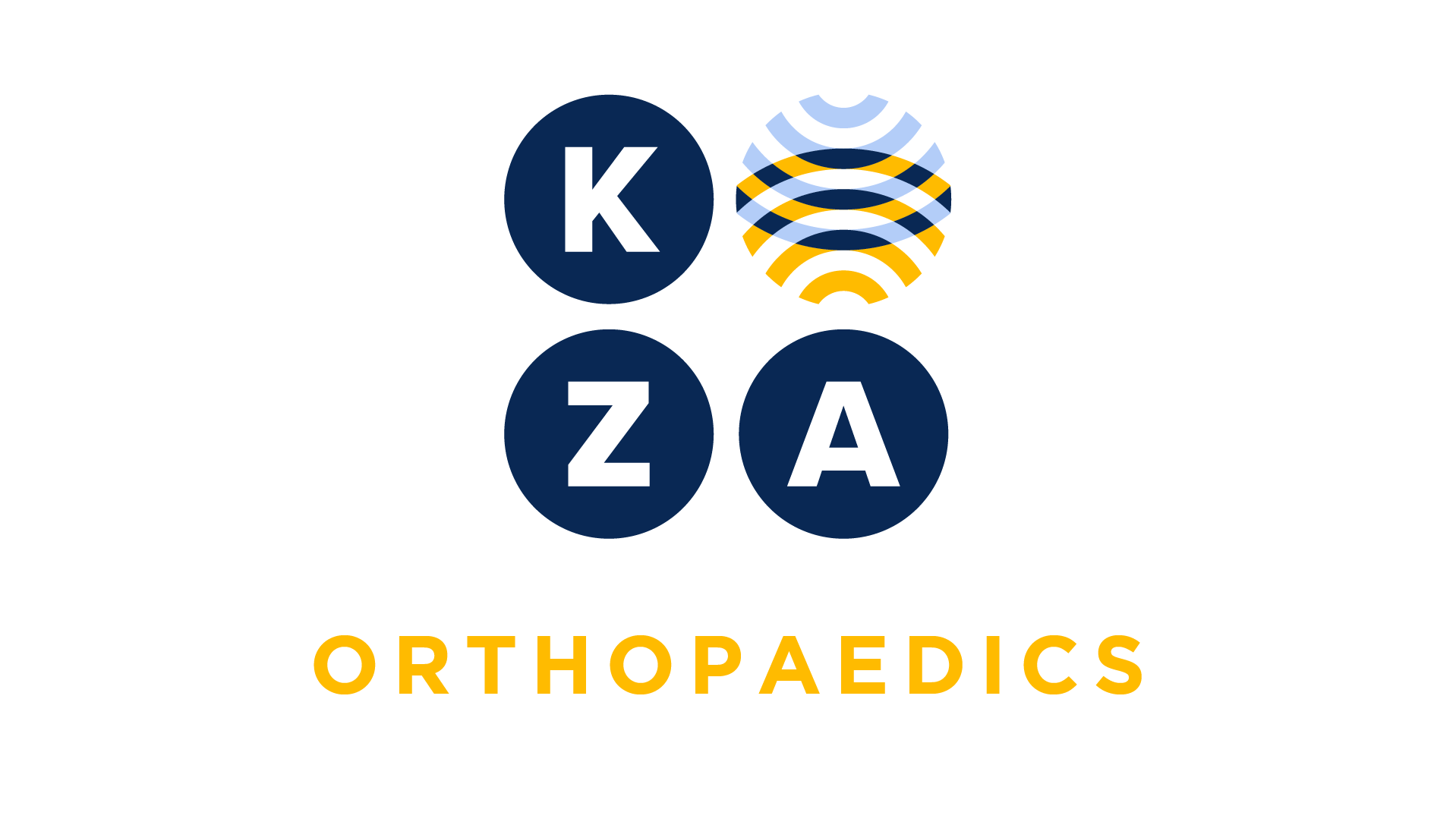
Choose your specialty from the list below to see how our experts have tackled a wide range of client questions.
Looking for something specific? Utilize our search feature by typing in a key word!
E/M Code and Injection Code: Can We Bill Together?
We have a new patient presenting for evaluation of new elbow pain after a fall. The provider documented a full history and exam then ordered and interpreted x-rays. Following this evaluation and discussion with the patient, they agreed the best option was to aspirate and inject the joint. The procedure note documents the aspiration and injection of a corticosteroid. Does this meet the significant, separate service rules to report both the E&M and the aspiration/injection were met?
Question:
We have a new patient presenting for evaluation of new elbow pain after a fall. The provider documented a full history and exam then ordered and interpreted x-rays. Following this evaluation and discussion with the patient, they agreed the best option was to aspirate and inject the joint. The procedure note documents the aspiration and injection of a corticosteroid. Does this meet the significant, separate service rules to report both the E&M and the aspiration/injection were met?
Answer:
Based on the description of the encounter, KZA recommends reporting the E&M with modifier 25, the injection code (20605).
You may also report the J code for the drug (with the appropriate units) if you are in place of service 11 (physician office). Remember, Medicare requires the JW (drug wasted) or JZ (no drug wasted) modifiers effective July 1, 2023, if the medication was obtained from single-dose package. Review your private payor policies to determine if they follow the same requirement.
Our rationale for allowing both the new patient E/M with modifier 25 and the injection code is as follows:
1. This is a new problem,
2. The intent of the visit was not the injection,
3. A full E/M service performed, and
4. There was joint decision making with patient on options and to proceed with the minor procedure.
Prolonged Service With or Without Direct Patient Contact on the Date of an Evaluation and Management Service
If using the prolonged service codes, does the level of the E/M service have to meet level 5 criteria?
Question:
If using the prolonged service codes, does the level of the E/M service have to meet level 5 criteria?
Answer:
Yes, the prolonged service codes are onlyreportedwith the highest level ofoffice/outpatientvisitEvaluation and Management (E/M) code(e.g.,99205, 99215, 99245)whenthetime requirementhasbeen satisfied. Prolonged services of less than 15 minutesarenotseparatelyreported. Prolonged service codes arereported whenchoosing an E/M code based ontime, notMedical DecisionMaking.
CPT allowsreporting add-on code+99417( Prolonged outpatient evaluation and management service(s) time with or without direct patient contact beyond the required time of the primary service when the primary service level has been selected using total time, each 15 minutes of total time)at 15 minutes AFTER the minimumtime in the range for the office/outpatient visitE/M code.
CMS has created prolonged serviceadd-oncode+G2212 to be used instead of+99417. CMS (Medicare) allowsreporting+G2212( Prolonged office or other outpatient evaluation and management service(s) beyond the maximum required time of the primary procedure which has been selected using total time on the date of the primary service; each additional 15 minutes by the physician or qualified healthcare professional, with or without direct patient contact)at 15 minutesonlyAFTER the maximumtime in the ranges for the office/outpatient visitE/M code is met.
CPT Code 99211
Do you have any source documents on examples of what services a non-physician/QHCP can bill 99211 for? What type of healthcare professionals can bill this code? What are the documentation, signature, and supervision requirements? Can 99211 be billed for long conversations with the MA?
Question:
Do you have any source documents on examples of what services a non-physician/QHCP can bill 99211 for? What type of healthcare professionals can bill this code? What are the documentation, signature, and supervision requirements? Can 99211 be billed for long conversations with the MA?
Answer:
Thank you for your inquiry. CPT code 99211 is not typically used by physicians or NPs and PAs. This code was developed for nurse visits (e.g., RN, LPN/LVN, or MA) within the physician office setting (place of service 11). These services must be in person (face-to-face) and are not billable for telephone calls. The nurse should document any history, reason for the visit, and details about the service provided. Here are a few examples of the type of visits that were shown in the CPT 2020, Appendix C. These examples were removed from CPT in 2021 when the revised office/outpatient Evaluation and Management guidelines were introduced.
Examples of 99211:
- Office visit for a 14-year-old, established patient, to re-dress an abrasion. (Orthopedic Surgery)
- Office visit for a 58-year-old male presenting for nursing examination of a wound. Patient had incision and drainage of abscess in the ER. (General Surgery)
- Office visit for an established patient for dressing change on a skin biopsy. (Dermatology/Podiatry Surgery).
- Office visit for a 45-year-old female, established patient, three weeks post simple repair of scalp laceration, noted a retained suture in healed wound, removed by nurse. (Plastic Surgery)
- Office visit for a 50-year-old male, established patient, for removal of uncomplicated facial sutures. (Plastic Surgery)
Since the service will be billed under the physician who is on-site supervising the nurse (this is called “Incident-to” billing, in addition to the above requirement for the billing physician to be on-site, there must be an order in the chart for the service to be provided and the billing physician should co-sign the nurse’s documentation.
Regenerative Medicine Injection (C1762)
There is a product called CTM Boost that is being marketed as a regenerative medicine injection covered by insurance under this code, C1762. Have you seen this and are any amniotic or regenerative products covered by Medicare or private payors? Is this an acceptable code for office use?
Question:
There is a product called CTM Boost that is being marketed as a regenerative medicine injection covered by insurance under this code, C1762. Have you seen this and are any amniotic or regenerative products covered by Medicare or private payors? Is this an acceptable code for office use?
Answer:
Thank you for your inquiry. Unfortunately, these injections are considered experimental under Medicare and most all commercial insurance carriers. Therefore, it would not be a covered service at this time.
Using a Scribe
I would like to know if it is compliant for the doctor to make corrections or additional comments on the note written by the scribe? For example, the note is written by the scribe, but at the end of the day the doctor reviews the note and makes correction if he sees a mistake or should he write a separate paragraph at the bottom of the note, summarizing or adding information onto the same note?
Question:
I would like to know if it is compliant for the doctor to make corrections or additional comments on the note written by the scribe? For example, the note is written by the scribe, but at the end of the day the doctor reviews the note and makes correction if he sees a mistake or should he write a separate paragraph at the bottom of the note, summarizing or adding information onto the same note?
Answer:
Thank you for your inquiry. In answer to your question, yes, the provider must update any notes documented by a scribe. CMS states “The treating physician’s/non-physician practitioner’s (NPP’s) signature on a note indicates that the physician/NPP affirms the note adequately documents the care provided”. In the EHR, corrections must be made according to the Medical Records Standards of Documentation; addendums must be noted as an addendum. Any corrections/addendums must be noted as such according to the documentation standards.
Since the provider is ultimately responsible for the contents of the documentation, the provider’s note should include:
- Affirmation of the provider’s presence during the time the encounter was recorded
- Verification that the provider reviewed the information
- Verification of the accuracy of the information
- Any additional information needed
- Authentication, including date and time
It is recommended that you check your payor policies regarding the use of scribes. As a reminder, a scribe may only document the spoken word of the provider and must be present during the entire encounter. A scribe also may not enter the electronic signature, date, and time for the physician or practitioner in the note and cannot perform any clinical duties for the patient while acting as a scribe.
Internal Brace for ACL Reconstruction
We have a surgeon who is planning to perform an ACL procedure using the InternalBrace TM Technique. The surgeon is asking if she would still report CPT code 29888, use a modifier 52, or an unlisted code. Are you able to advise? I do not have an operative note to send.
Question:
We have a surgeon who is planning to perform an ACL procedure using the InternalBrace TM Technique. The surgeon is asking if she would still report CPT code 29888, use a modifier 52, or an unlisted code. Are you able to advise? I do not have an operative note to send.
Answer:
Thank you for your inquiry and recognizing we are not able to provide definitive coding advice without an operative note. This is a good question.
In this case, based on your inquiry, let your surgeon know she will report CPT code 29888 without any modifiers. The CPT code statesrepair/augmentation or reconstruction. Please share with your surgeon KZA appreciates her due diligence in her planning process.

